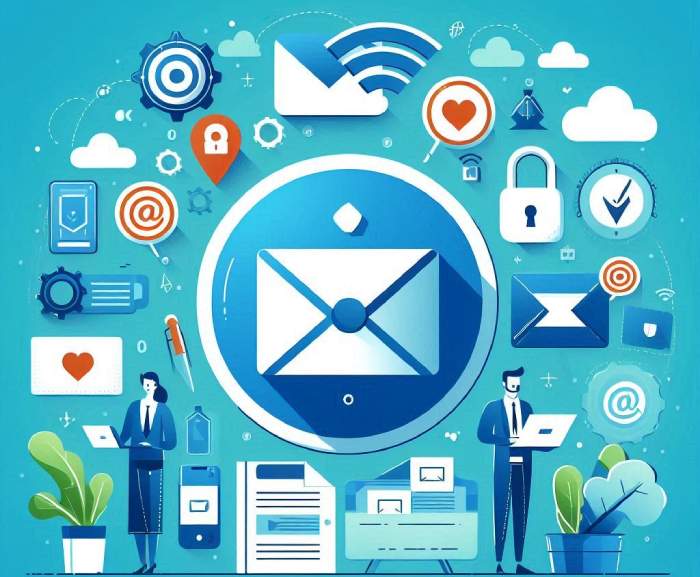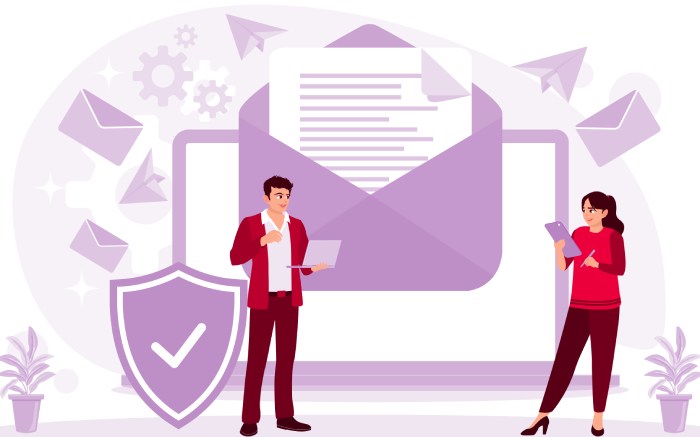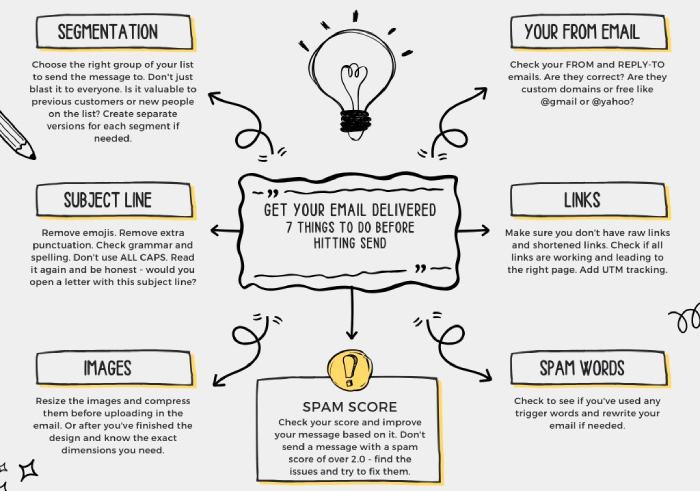[sonaar_audioplayer albums=”243016, 243069, 243091, 243115, 243151, 243173, 243195, 243238, 243291, 243308, 243324, 243335, 243401, 243466, 243537, 243595, 243646, 243710, 243795, 243842, 243885, 243940, 244001, 244026″ progress_bar_style=”default” wave_bar_width=”1″ wave_bar_gap=”1″ player_layout=”skin_boxed_tracklist” show_track_market=”true”][/sonaar_audioplayer]
Google has always prioritized protecting its users and preventing phishing attempts. To achieve this, it has established strict guidelines for sending emails to Gmail users. Violating these guidelines can result in your emails being marked as spam or bouncing back, instead of successfully reaching the inboxes of your intended recipients.
These measures are part of Google’s phishing protection efforts to ensure a secure and reliable email environment.
Gmail also has a system for scoring your domain reputation. The lower your domain’s reputation score, the fewer chances your messages will be opened and engaged with. If your domain is used for sending too many marketing and PR emails, it gets all the more important for you to abide by these guidelines to get the desired outcome of your campaigns.
Email authentication requirements
Gmail requires all senders to have SPF and DKIM deployed for their domains. For bulk senders, DMARC is also required. These email authentication protocols help verify if an unauthorized entity sent an email on your behalf. If you use an email service provider, check and ensure they authenticate your domain’s email with SPF and DKIM.
Infrastructure configuration requirements
The public IP address of an SMTP server sending emails must be associated with a PTR record that resolves to a hostname, a process known as reverse DNS lookup. Moreover, the hostname should have an A record (for IPv4) or an AAAA record (for IPv6) that directs to the same public IP address as the sending server, which is referred to as a forward DNS lookup.
If you are using shared IP addresses, ensure they are not listed on any blocklists; otherwise, Gmail may flag emails sent from them as spam.
Subscription requirements
If you manage mailing lists, Gmail recommends that you send emails to only those recipients who explicitly opted to receive them. This helps recipients have non-spammy and decluttered inboxes while you, as a sender, benefit from an improved engagement rate. Here‘s what you are suggested to do-
- Ensure recipients have opted in to receive emails.
- Verify email addresses before adding them to your list.
- Periodically confirm recipients still want to stay subscribed.
- Remove inactive recipients who don’t engage with your emails.
Also, make subscribing and unsubscribing easy by:
- Providing a simple, one-click unsubscribe option.
- Letting recipients manage their subscriptions across different mailing lists.
- Automatically unsubscribing recipients with repeated email bounces.
Formatting requirements
Follow these guidelines to ensure smooth delivery of your emails to Gmail recipients:
- Keep headers concise and within Gmail’s limits.
- Format messages according to RFC 5322 standards.
- Include a valid Message-ID in each email.
- Use headers like From, To, Subject, and Date only once per message.
- Ensure the Subject, From, and To fields accurately reflect the sender and message content.
- Use standard HTML if your email includes HTML.
- The From field should contain a single email address (e.g., notifications@domain.com).
- Only use Re: or Fwd: for genuine replies or forwards.
- Avoid misleading emojis or non-standard characters.
- Don’t hide content using HTML or CSS, as it may trigger spam filters.
- Format internationalized domain names (IDNs) per Unicode Standard #39, including for authentication and sender details.
- Use clear and understandable web links.
- Make sender details visible and transparent.
Sending practices
Google actively promotes the following best practices for sending emails-
- Use the same IP address for all emails. If using multiple IPs, assign each to a specific email type (e.g., order confirmations, newsletters).
- Avoid spoofing by not impersonating other domains or senders.
- Never mark your own emails as spam; it harms your domain’s reputation.
- Gradually increase email volume and monitor delivery with Google Postmaster Tools.
Maintain a steady sending pace to prevent sudden spikes. Start with a small, active user base and increase gradually.



